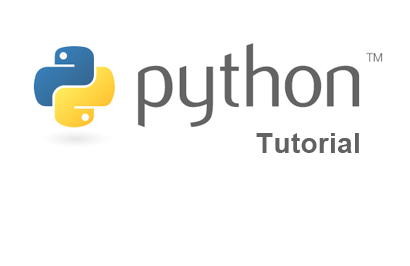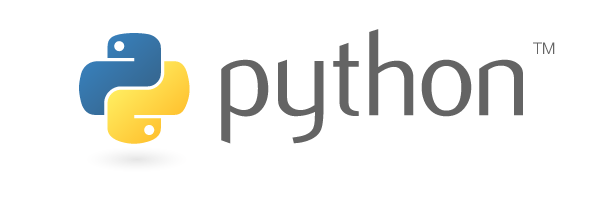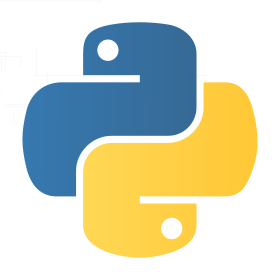Python Tutorial – How to Start Programming in Python for Beginners Step by Step
Jun 28, 2012, by admin
 Python is a fine programming language for beginners that continues to be a good programming language when you’re no longer a beginner.
Python is a fine programming language for beginners that continues to be a good programming language when you’re no longer a beginner.
1.Python is an interpreted language. You don’t need a compiler. Linux and Mac operating systems come with Python already installed, so you can run it from the terminal simply by typing “Python”. However, you might want an interpreter, instead. If so download it from http://www.python.org/download/.
2.After you download the interpreter, read through the instructions for your platform to install it and do so.
3.Download a good syntax-highlighting code editor. If you’re using Windows, Programmer’s Notepad is a good option. In Linux, every little text editor is a syntax-highlighting editor. For Mac, Text Wrangler is the best option.
4.Write your first program:
- Open the text editor.
- Write below line:
- print (“Hello, World!”)
- Save the file, name it “hello.py”.
- Open a terminal (or console, in Windows). In windows, you do this by clicking Start->Run and typing “cmd” into the prompt.
- Now navigate to the directory where you created your first program and type (without the quotes) “python hello.py”
- Now that you’ve proved your python installation works and that you can write a program, you are ready for more advanced work.
5.Read the tutorial at http://www.python.org/doc/2.4.2/tut/tut.html
6.For video classes, visit
7.Now that you’ve got a good overview of python, and you know how to write a basic script, think of a program you’d like to write. Good examples of programs to write at this level are:
Basic checkbook program.



